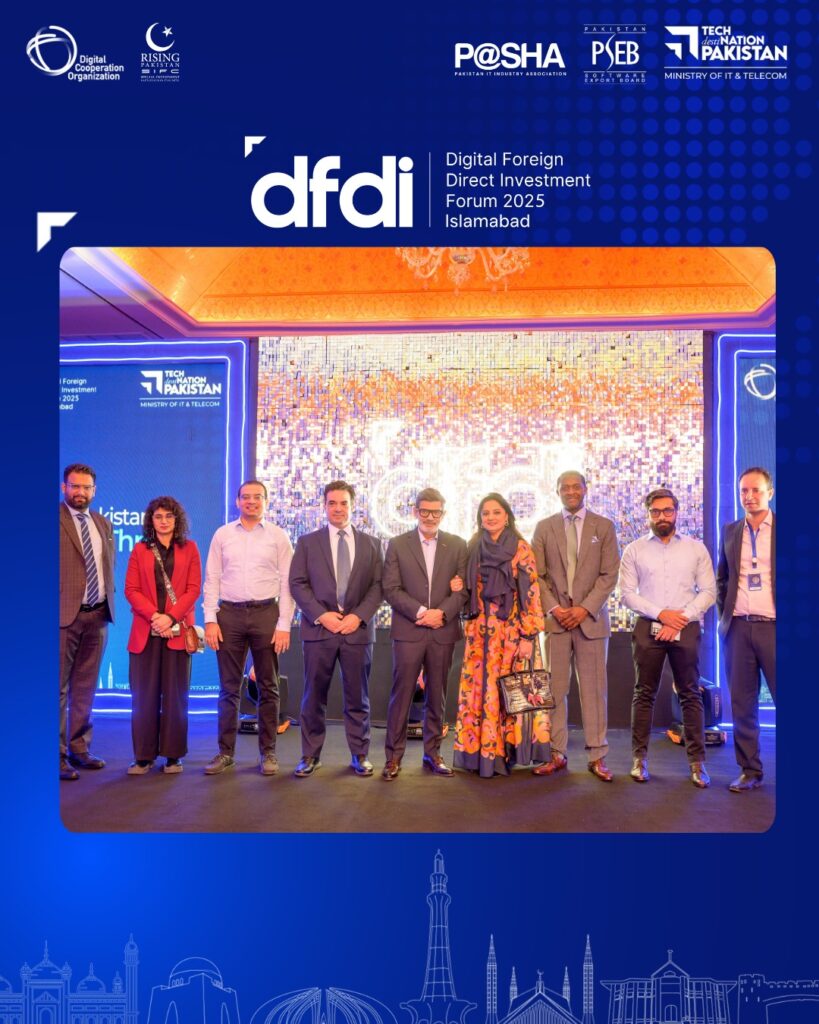Table of Contents
Framework for DFDI and Its Importance
Framework for DFDI is essential for shaping sustainable investment strategies that foster economic growth and cross-border collaboration. Whether a government, corporate body, or investor, understanding how to create a structured framework for both domestic and foreign direct investment is vital. The right framework ensures alignment between policy goals, economic needs, and private sector capabilities.
In today’s globalized economy, having a reliable Framework for DFDI promotes investor confidence, simplifies regulatory compliance, and supports long-term development goals.
Understanding the Basics: What is DFDI?
Before diving into the Framework for DFDI, it’s important to understand what DFDI means.
Domestic and Foreign Direct Investment (DFDI) refers to investments made within a country either by local investors or by foreign entities. These investments typically involve infrastructure, manufacturing, technology, and service sectors. The goal is to enhance economic productivity and create jobs.
A well-structured Framework for DFDI creates a win-win scenario for investors and host economies.

Core Elements of a Strong Framework for DFDI
A robust Framework for DFDI doesn’t come together by chance—it requires deliberate planning and execution across multiple domains. Below are the expanded core elements that form the foundation of an effective framework for both domestic and foreign direct investment:
1. Transparent and Stable Regulatory Environment
Investors thrive in environments where rules are clear, consistent, and enforced impartially.
- Clarity of laws: Tax regulations, labor laws, and investment codes should be straightforward.
- Stability: Sudden policy shifts can deter long-term investments. The Framework for DFDI must ensure predictability.
- Dispute resolution mechanisms: Accessible and impartial judicial and arbitration systems are essential for investor protection.
2. Strategic Infrastructure Development
Infrastructure remains a cornerstone of the Framework for DFDI.
- Physical infrastructure: Reliable roads, railways, airports, and ports are vital for trade and logistics.
- Digital infrastructure: In the digital age, high-speed internet and IT systems are critical for modern investors.
- Energy infrastructure: Stable and affordable electricity, including green energy solutions, can attract industrial investment.
3. Policy Coherence and Integration
An effective Framework for DFDI aligns with national development strategies, regional goals, and international standards.
- Cross-sector coordination: Ministries and departments must align to create a unified investment approach.
- Alignment with SDGs: Integrating Sustainable Development Goals can appeal to ESG-conscious investors.
- Trade policy synergy: Harmonizing investment and trade policies enhances market access and investor appeal.
4. Investment Incentives and Tax Structures
Appropriate financial incentives are a powerful tool in any Framework for DFDI.
- Tax holidays or reduced rates: Particularly in priority sectors or underdeveloped regions.
- Grants and subsidies: To support infrastructure or workforce development.
- Performance-based incentives: Encouraging local employment, technology transfer, or R&D investment.
5. Institutional Strength and Governance
Strong institutions drive successful implementation of the Framework for DFDI.
- Dedicated investment bodies: Agencies such as IPAs streamline processes and build investor confidence.
- Anti-corruption mechanisms: Ensuring transparency in government dealings is a major trust factor.
- Public-private partnerships: Promote dialogue and shared responsibility in investment facilitation.
6. Skilled Workforce and Education Linkages
A capable workforce enhances investor appeal and economic resilience.
- Vocational training programs: Align skills development with industry needs.
- University partnerships: Encourage research and innovation to boost local capacities.
- Workforce mobility: Policies that support internal and cross-border movement of skilled labor.
7. Market Access and Trade Agreements
Access to larger markets increases the attractiveness of your Framework for DFDI.
- Free trade zones and corridors: These boost exports and simplify logistics.
- Bilateral/multilateral agreements: They open doors to international markets and strengthen investor confidence.
- Regional integration: Participation in economic unions increases strategic appeal.
8. Environmental and Social Safeguards
Investors are increasingly demanding sustainable and inclusive growth models.
- Environmental regulations: Ensure responsible use of natural resources.
- Community inclusion: Promote local employment and CSR (Corporate Social Responsibility) practices.
- Impact assessments: Integrate social and environmental impact studies into the investment approval process.
9. Innovation and Technology Integration
No modern Framework for DFDI is complete without a focus on innovation.
- Support for startups and tech hubs: These can attract venture capital and foster job creation.
- Digital government services: Simplify investment registration and compliance.
- Data protection laws: Critical for attracting investment in IT and financial services.
10. Monitoring, Feedback, and Evaluation Mechanisms
Continuous improvement is vital to sustain a strong Framework for DFDI.
- Performance tracking systems: Monitor FDI inflows, job creation, and policy outcomes.
- Stakeholder consultations: Engage with businesses, communities, and civil society.
- Adaptive policy-making: Use feedback to adjust strategies in real time.
Strategic Planning in the Framework DFDI
4. SWOT Analysis
A strong Framework DFDI begins with a clear understanding of the strengths, weaknesses, opportunities, and threats of a particular region or sector.
5. Sector Prioritization
Focus on sectors with high growth potential or strategic importance such as:
- Renewable energy
- Information technology
- Agri-business
- Infrastructure and real estate
Building Institutional Capacity in Your Framework DFDI
No Framework DFDI is complete without strong institutions. These bodies coordinate between public and private players and help resolve disputes quickly.
6. Investment Promotion Agencies (IPAs)
Establishing IPAs ensures that investors have a dedicated body to assist with:
- Permits and licenses
- Market research
- Investor aftercare
Incorporating ESG in the Framework for DFDI
Modern investors are increasingly conscious of Environmental, Social, and Governance (ESG) criteria.
7. Environmental Considerations
Ensure your framework integrates environmental sustainability, like:
- Green building standards
- Emission reduction incentives
8. Social Equity
Include community development programs and social safeguards to create inclusive growth.
Risk Management in the Framework for DFDI
Risk is inevitable, but a good Framework for DFDI prepares for it:
- Political and regulatory risks
- Exchange rate fluctuations
- Operational and market-entry risks
Mitigation tools include:
- Bilateral investment treaties
- Currency hedging mechanisms
- Political risk insurance
Case Studies of Successful Frameworks for DFDI
Example 1: Singapore
Singapore’s Framework for DFDI is based on efficient governance, low tax rates, and top-tier infrastructure, making it a global FDI hub.
Example 2: Rwanda
Rwanda has streamlined business registration and reduced corruption, leading to a significant rise in domestic and foreign investments.
Monitoring and Evaluation in a DFDI Framework
Ongoing assessment ensures the framework evolves over time.
Key Performance Indicators (KPIs):
- Annual FDI inflow
- Number of new domestic investors
- Job creation statistics
- Sector-wise performance metrics
Tools for Evaluation:
- Investment dashboards
- Stakeholder feedback sessions
- Third-party audits
Challenges in Implementing a Framework for DFDI
Even the best plans face hurdles:
- Bureaucratic red tape
- Policy inconsistency
- Political instability
- Lack of skilled labor
Solutions include:
- Public-private dialogue
- Capacity-building programs
- Transparent governance mechanisms
The Future of Framework for DFDI
As global challenges like climate change and digital disruption evolve, so must investment frameworks. A future-ready Framework for DFDI will:
- Integrate AI for predictive analytics
- Use blockchain for contract transparency
- Focus on climate-resilient infrastructure

Conclusion: How to Start Building Your Framework for DFDI
Now that you understand the components, risks, and opportunities, it’s time to take action. Build a Framework for DFDI tailored to your specific goals, regional strengths, and market demands. Invest time in policy alignment, sector focus, and infrastructure readiness to unlock the full potential of domestic and foreign direct investment.
Frequently Asked Questions (FAQs)
1. What is a Framework for DFDI?
It is a strategic structure that governs how domestic and foreign investments are attracted, managed, and retained within a country or region.
2. Why is a DFDI framework important?
It supports economic growth, attracts investors, ensures policy consistency, and promotes sustainable development.
3. Who uses the Framework for DFDI?
Governments, policymakers, development agencies, and investors all use this framework to align investment strategies with national or business goals.
4. How can countries improve their DFDI framework?
By simplifying regulations, improving infrastructure, aligning policies, and ensuring good governance.
5. What sectors benefit the most from DFDI?
Sectors like infrastructure, energy, manufacturing, and technology typically attract the most domestic and foreign investment.
Follow us on Facebook for Quick Response & Quires – Digital Foreign Direct Investment (DFDI)
